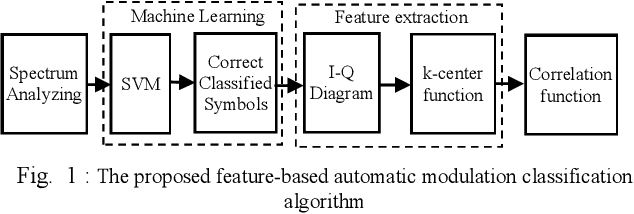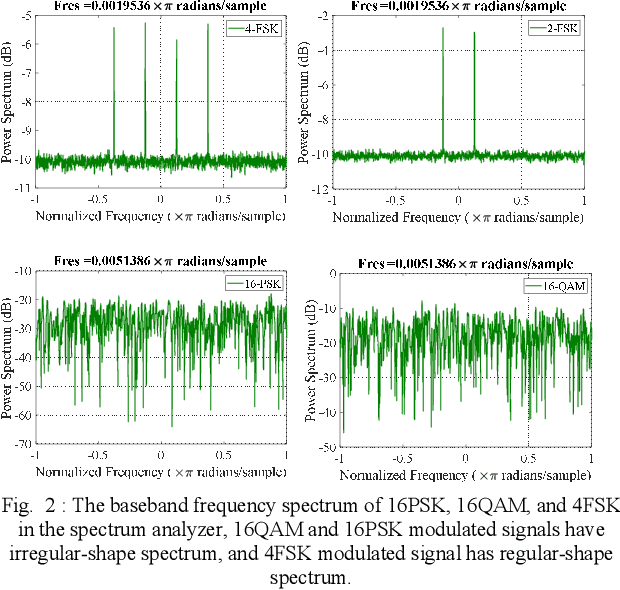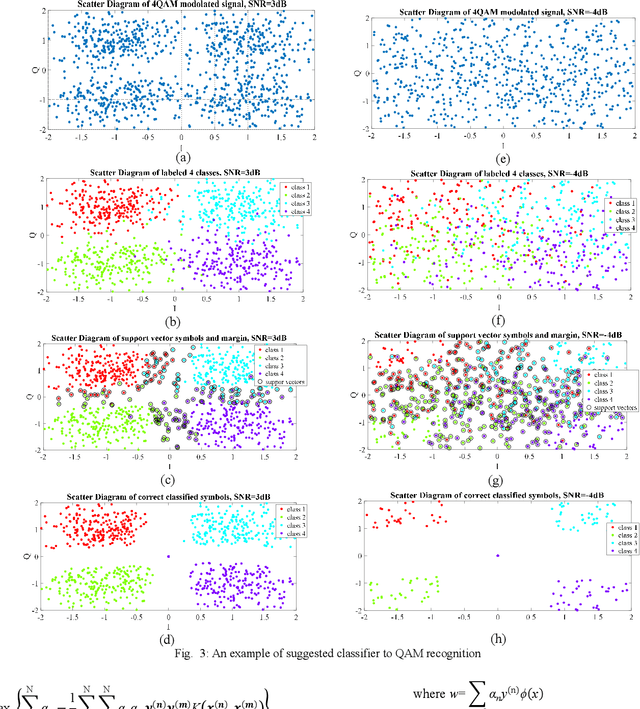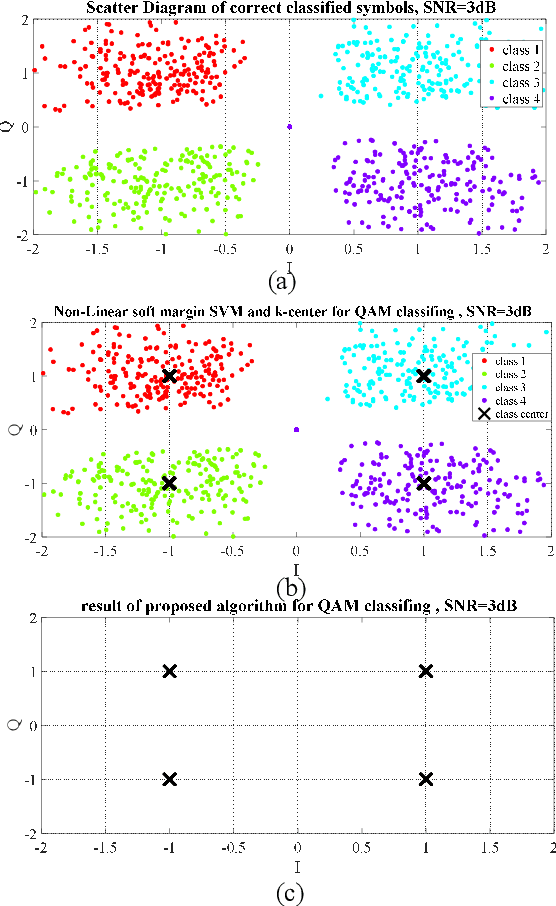Paeiz Azmi
AI-based Robust Resource Allocation in End-to-End Network Slicing under Demand and CSI Uncertainties
Feb 10, 2022Abstract:Network slicing (NwS) is one of the main technologies in the fifth-generation of mobile communication and beyond (5G+). One of the important challenges in the NwS is information uncertainty which mainly involves demand and channel state information (CSI). Demand uncertainty is divided into three types: number of users requests, amount of bandwidth, and requested virtual network functions workloads. Moreover, the CSI uncertainty is modeled by three methods: worst-case, probabilistic, and hybrid. In this paper, our goal is to maximize the utility of the infrastructure provider by exploiting deep reinforcement learning algorithms in end-to-end NwS resource allocation under demand and CSI uncertainties. The proposed formulation is a nonconvex mixed-integer non-linear programming problem. To perform robust resource allocation in problems that involve uncertainty, we need a history of previous information. To this end, we use a recurrent deterministic policy gradient (RDPG) algorithm, a recurrent and memory-based approach in deep reinforcement learning. Then, we compare the RDPG method in different scenarios with soft actor-critic (SAC), deep deterministic policy gradient (DDPG), distributed, and greedy algorithms. The simulation results show that the SAC method is better than the DDPG, distributed, and greedy methods, respectively. Moreover, the RDPG method out performs the SAC approach on average by 70%.
A Machine Learning Based Algorithm for Joint Improvement of Power Control, link adaptation, and Capacity in Beyond 5G Communication systems
Jan 08, 2022Abstract:In this study, we propose a novel machine learning based algorithm to improve the performance of beyond 5 generation (B5G) wireless communication system that is assisted by Orthogonal Frequency Division Multiplexing (OFDM) and Non-Orthogonal Multiple Access (NOMA) techniques. The non-linear soft margin support vector machine (SVM) problem is used to provide an automatic modulation classifier (AMC) and a signal power to noise and interference ratio (SINR) estimator. The estimation results of AMC and SINR are used to reassign the modulation type, codding rate, and transmit power through frames of eNode B connections. The AMC success rate versus SINR, total power consuming, and sum capacity are evaluated for OFDM-NOMA assisted 5G system. Results show improvement of success rate compared of some published method. Furthermore, the algorithm directly computes SINR after signal is detected by successive interference cancellation (SIC) and before any signal decoding. Moreover, because of the direct sense of physical channel, the presented algorithm can discount occupied symbols (overhead signaling) for channel quality information (CQI) in network communication signaling. The results also prove that the proposed algorithm reduces the total power consumption and increases the sum capacity through the eNode B connections. Simulation results in compare to other algorithms show more successful AMC, efficient SINR estimator, easier practical implantation, less overhead signaling, less power consumption, and more capacity achievement.
Blind Modulation Classification via Combined Machine Learning and Signal Feature Extraction
Jan 12, 2021



Abstract:In this study, an algorithm to blind and automatic modulation classification has been proposed. It well benefits combined machine leaning and signal feature extraction to recognize diverse range of modulation in low signal power to noise ratio (SNR). The presented algorithm contains four. First, it advantages spectrum analyzing to branching modulated signal based on regular and irregular spectrum character. Seconds, a nonlinear soft margin support vector (NS SVM) problem is applied to received signal, and its symbols are classified to correct and incorrect (support vectors) symbols. The NS SVM employment leads to discounting in physical layer noise effect on modulated signal. After that, a k-center clustering can find center of each class. finally, in correlation function estimation of scatter diagram is correlated with pre-saved ideal scatter diagram of modulations. The correlation outcome is classification result. For more evaluation, success rate, performance, and complexity in compare to many published methods are provided. The simulation prove that the proposed algorithm can classified the modulated signal in less SNR. For example, it can recognize 4-QAM in SNR=-4.2 dB, and 4-FSK in SNR=2.1 dB with %99 success rate. Moreover, due to using of kernel function in dual problem of NS SVM and feature base function, the proposed algorithm has low complexity and simple implementation in practical issues.
 Add to Chrome
Add to Chrome Add to Firefox
Add to Firefox Add to Edge
Add to Edge